Climate Change and Global Warming pose a threat to our planet. One of the main reasons is the CO2 emissions resulting from the burning of fossil fuels. However, cutting down on CO2 emissions alone is not enough; storing carbon is also essential. Mangroves play an important role in this process.
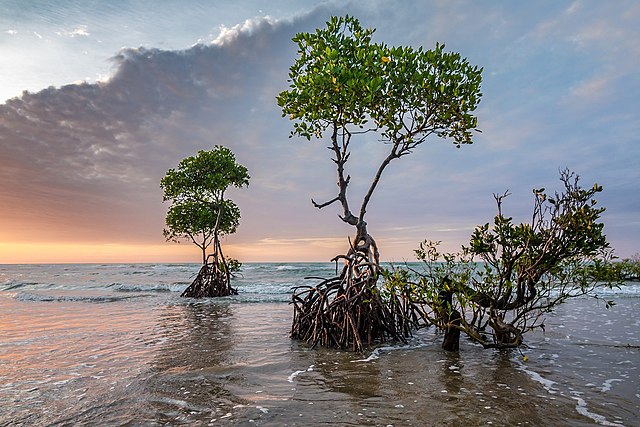
Mangroves are the wetlands (ecosystems partially or fully saturated with water at some or all points of time) found in the intertidal zone (the area between high tide and low tide) around the world, in tropical and subtropical regions.
They are halophytic in nature, meaning that they are salt-loving/tolerant and can grow in low-oxygen conditions in muddy areas but they cannot withstand freezing temperatures. They are usually found in upper half of inter-tidal zone.
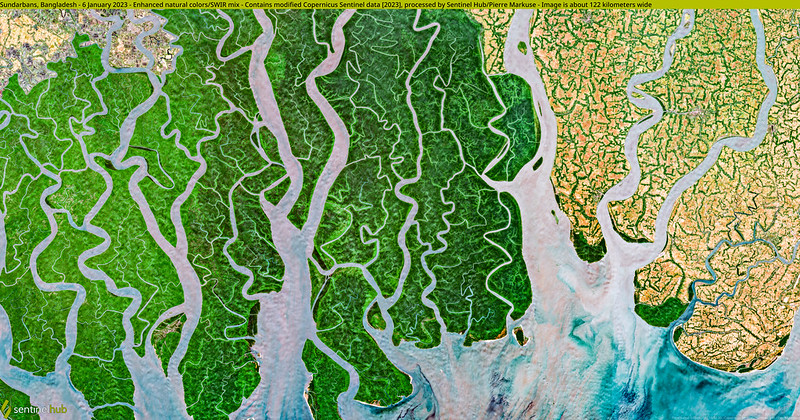
Mangroves are known as blue carbon ecosystem as they grow in coastal or marine environment and store carbon. Almost 50% of mangroves are deforested, degraded, or converted in the last few decades.
Fun Fact: The Sundarbans Reserve Forest in Bangladesh is the World’s Largest Contiguous Mangrove Forest.
Mangroves are Unsung Heroes in the fight against climate change, but they are currently under threat due to negligence and unsustainable living practices. Therefore, it is crucial that we stop neglecting them and start protecting and restoring mangrove habitats. Here are some reasons why
Mangroves protect our coasts
Their root system slows down water and encourages sedimentation, reducing coastal erosion and protecting coasts during storms by absorbing wave energy.
Mangroves provide livelihood
They are a breeding ground for fish, shrimps, and crabs, and a home to a wide range of species. This helps the local fisherman to have a good catch rate . They are used to produce honey, medicinal products furniture etc.
Water quality improvement
Their root system helps filter pollutants and salt making water clean. The excess nutrients due to near by agriculture and aquaculture fields can be absorbed by mangroves which helps prevent harmful algal blooms.
Mangroves act as Carbon sinks
As trees grow, they store carbon in leaves and other parts, and later, they are shed and converted into organic matter, releasing some carbon dioxide. But the roots of Mangroves help trap the organic matter in waterlogged soil and store them until they are intact. The carbon is stored above ground in trunks and leaves, and below ground in roots. Most of the carbon is stored in the soil. They store four times the carbon of other forests on land.
Mangroves are rich of biodiversity
Mangroves often accompany sea grasses and corals. They provide habitat to crabs ,shrimps, fish. Many birds migrate from distances to mangroves .
Watch this video about How Mangroves Help the Ocean and Why Mangroves are Unsung Heroes
Threats to Mangroves include
1. Deforestation for urbanization, coastal development, and timber.
2. Conversion of mangroves into agriculture and aquaculture – the accessibility of water resources and nutrient rich soil make the areas in which mangroves grow suitable for agriculture and aquaculture,the soil in which mangroves grow is alkaline in nature, but when cleared and converted, it becomes acidic in nature and gets barren and deserted.
3. Pesticides, insecticides, and other pollutants entering can affect the ecosystem.
4. Hydrocarbon extraction – oil spills, industrial waste can destroy mangroves. Oil and their by-products deposit on the roots of mangroves and affect mangroves and their surroundings.
5. Mismanagement of fresh water – mangroves grow in salt water, but they need a balance between fresh and salt water. Building dams on rivers affects the fresh water input, causing an imbalance leading to degradation.
6. Climate change – rising sea levels causing more influx of salt water leading to high salinity and affecting mangroves.
7. Deforestation of mangroves not only affects its biodiversity, but the carbon stored in the soil is oxidized and released as CO2.
Challenges in Mangrove Restoration
1. Choosing the right site – mangroves are usually found in the upper half of the intertidal zone. If they are planted higher, they may not be influenced by tidal waters. Planting them lower, like on mudflats that are saturated with water and low oxygen, may also pose a challenge.
2. Choosing the right species for the right site – planting in unsuitable places might affect the saplings. Trying to identify the species grown previously and the neighbouring species, and trying to combine different species, is crucial for biodiversity.
3. Connecting with local hydrology – building channels using various methods that work best.
4. Willingness of the landowner
5. Involving local communities – creating awareness and helping them understand the importance and outcomes.
Monitoring and learning on what method/technique works, what does not work, and why.
Case Studies for Mangrove Restoration
Mikoko Pamoja Project – Gazi Bay, Kenya
The world’s first community-based conservation project, where local communities made money by conserving mangroves instead of cutting them. The organic matter stored in the soil by protecting mangroves is converted into carbon dioxide equivalents and traded in the voluntary carbon credit market.
Conversion of Shrimp Pond to Mangrove – Bann Lang Da, Krabi, Thailand
The site was previously occupied by mangroves, which were later deforested and flattened for shrimp production, and then left without any use. It was below the average sea level but surrounded by mangroves, so channels were built for drainage, such that the inflow and outflow are the same, allowing pollutants to be filtered and seeds to be brought for natural regeneration.
Restoration of Mangroves by Other Methods
Mr. Anant Shankar, IFS, started the Mangrove Mitra initiative with the idea of surveying and documenting mangroves that can be accessed by anyone. In the twin deltas, the availability of fresh water is relatively low in the Krishna delta. Mr. Anant Shankar, along with his team, used the fishbone method, which is in the shape of a fishbone, to dig channels at a 45° angle to the main channel for better water flow and mangrove growth.
Understanding the importance of mangroves not just as trees but also as a nature-based solution is necessary in the present situation. Mangroves are unsung heroes in the fight against climate change, and it is crucial to recognize their role in mitigating the impacts of climate change.
Mangrove Restoration Techniques
Mangrove Restoration Techniques employed in Coringa Wildlife Sanctuary in Andhra Pradesh state of India. The satellite images obtained from Google Earth shows Fish Bone Technique (fishbone channel plantation method) deployed in the region.
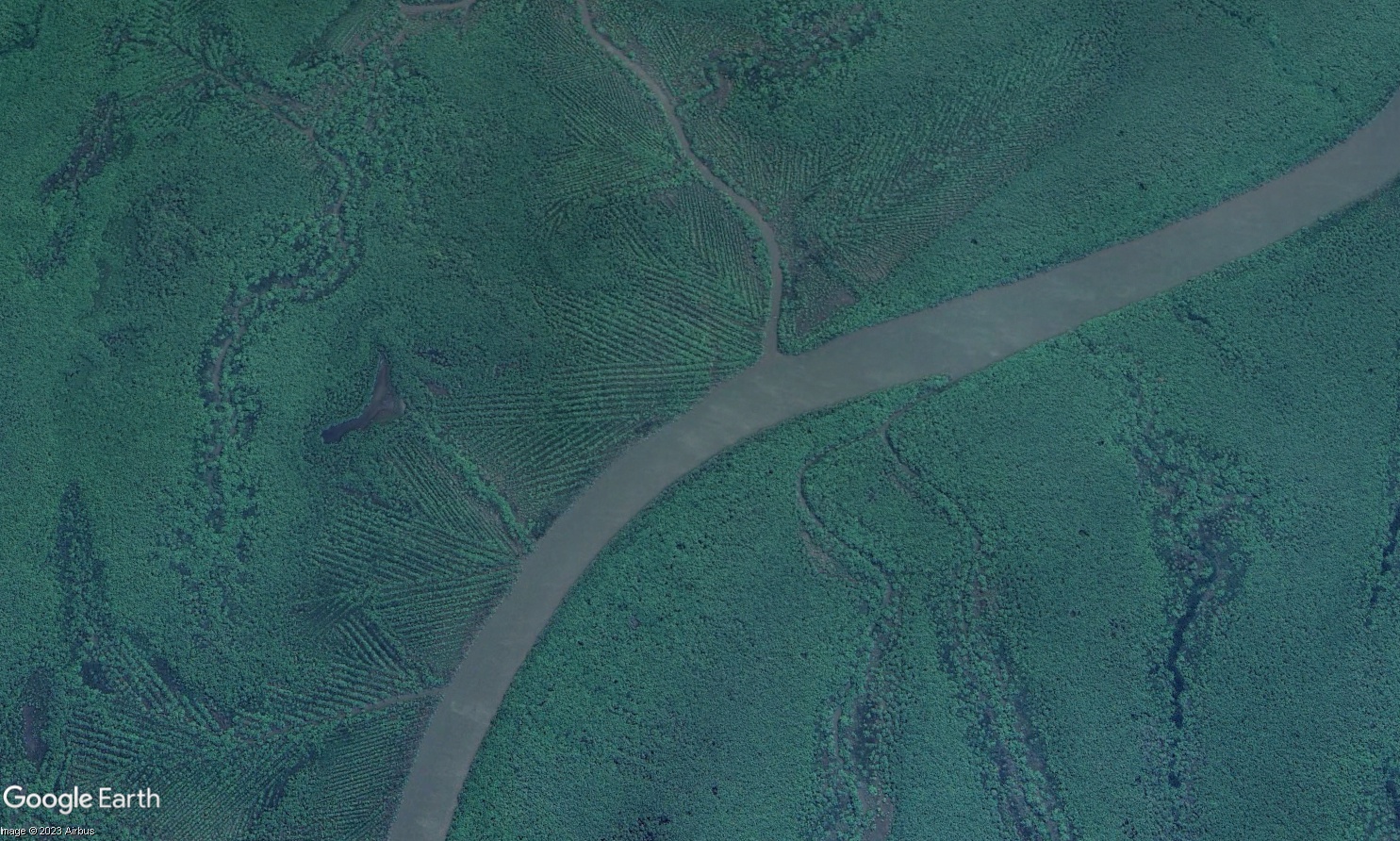
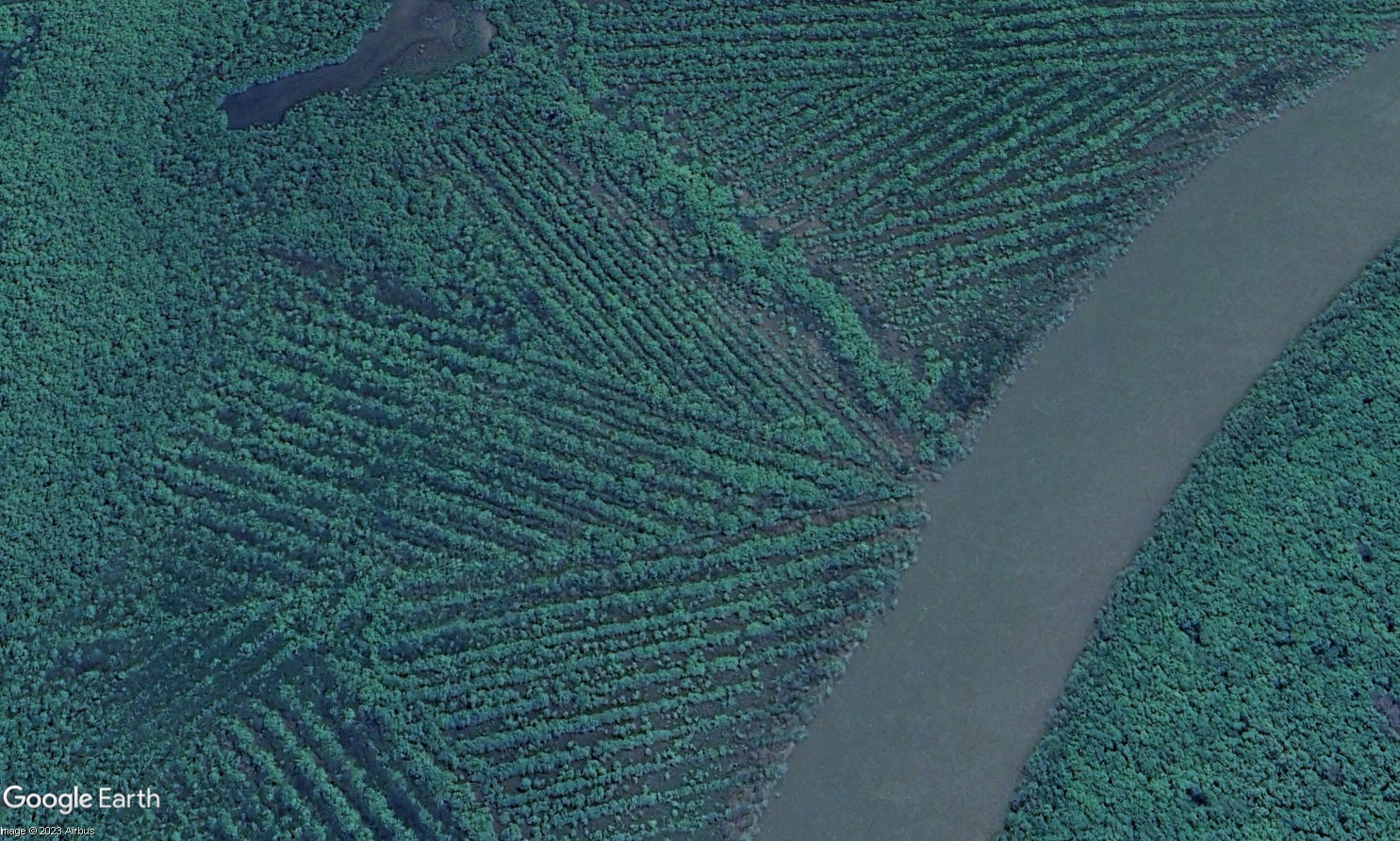
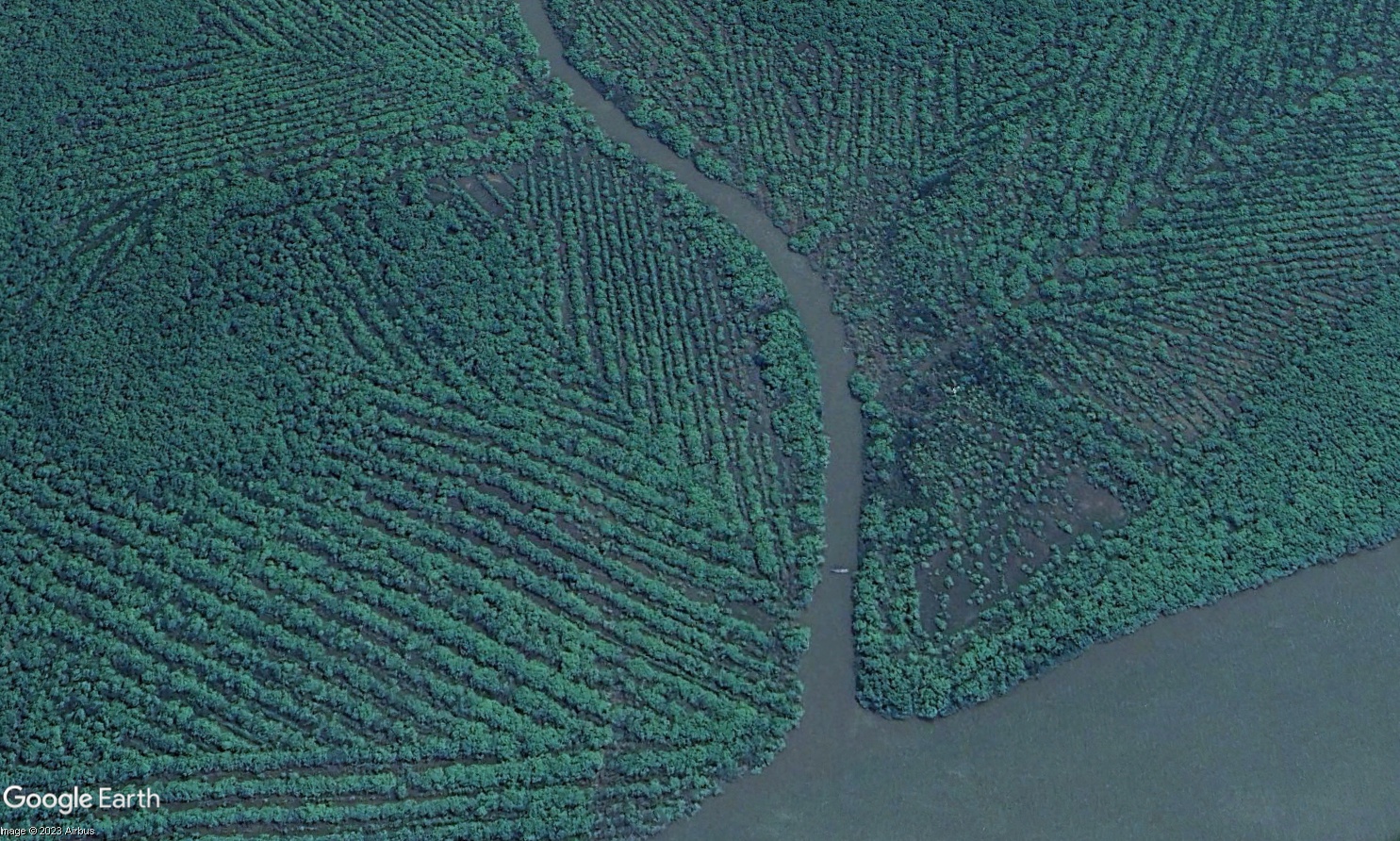
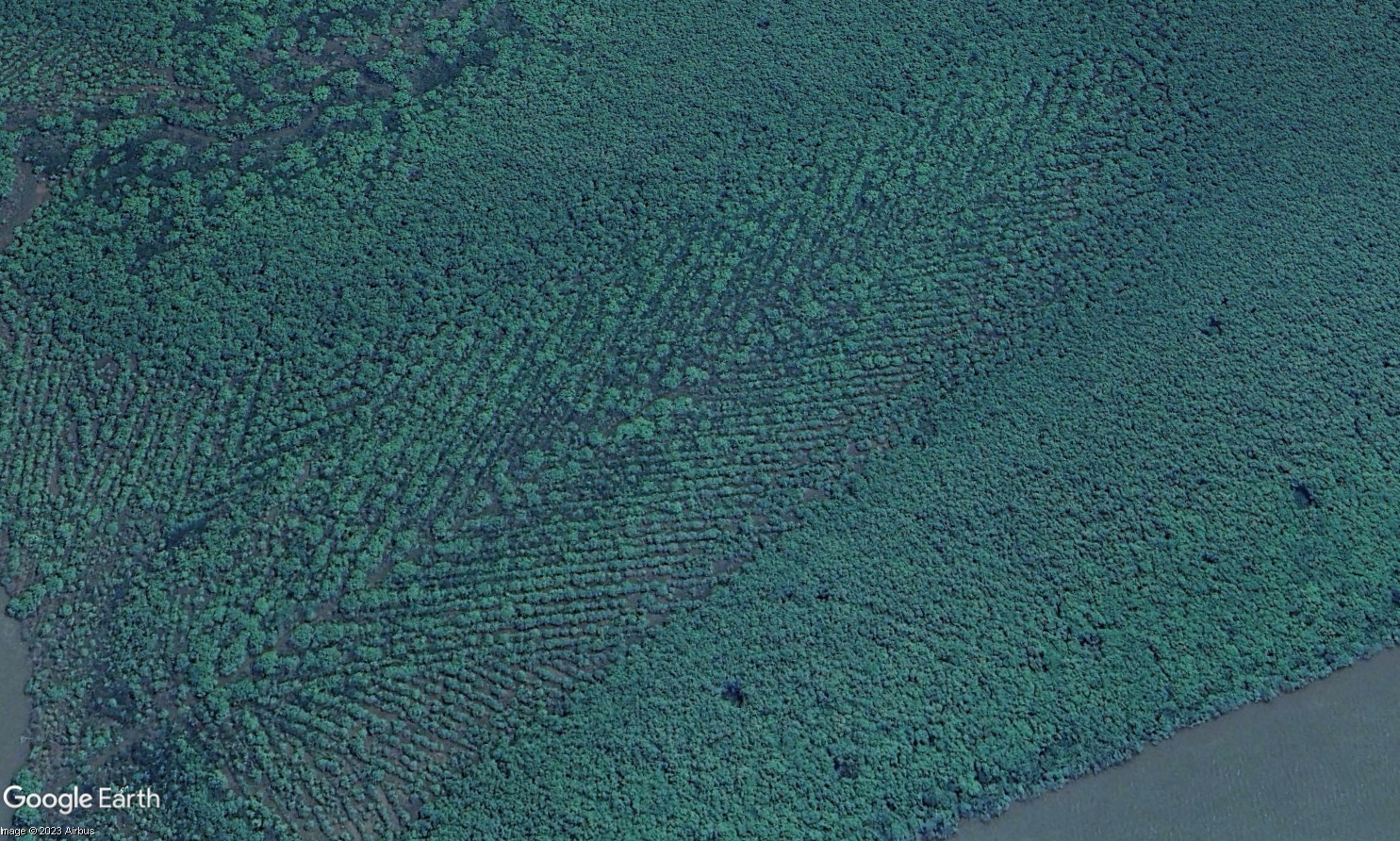
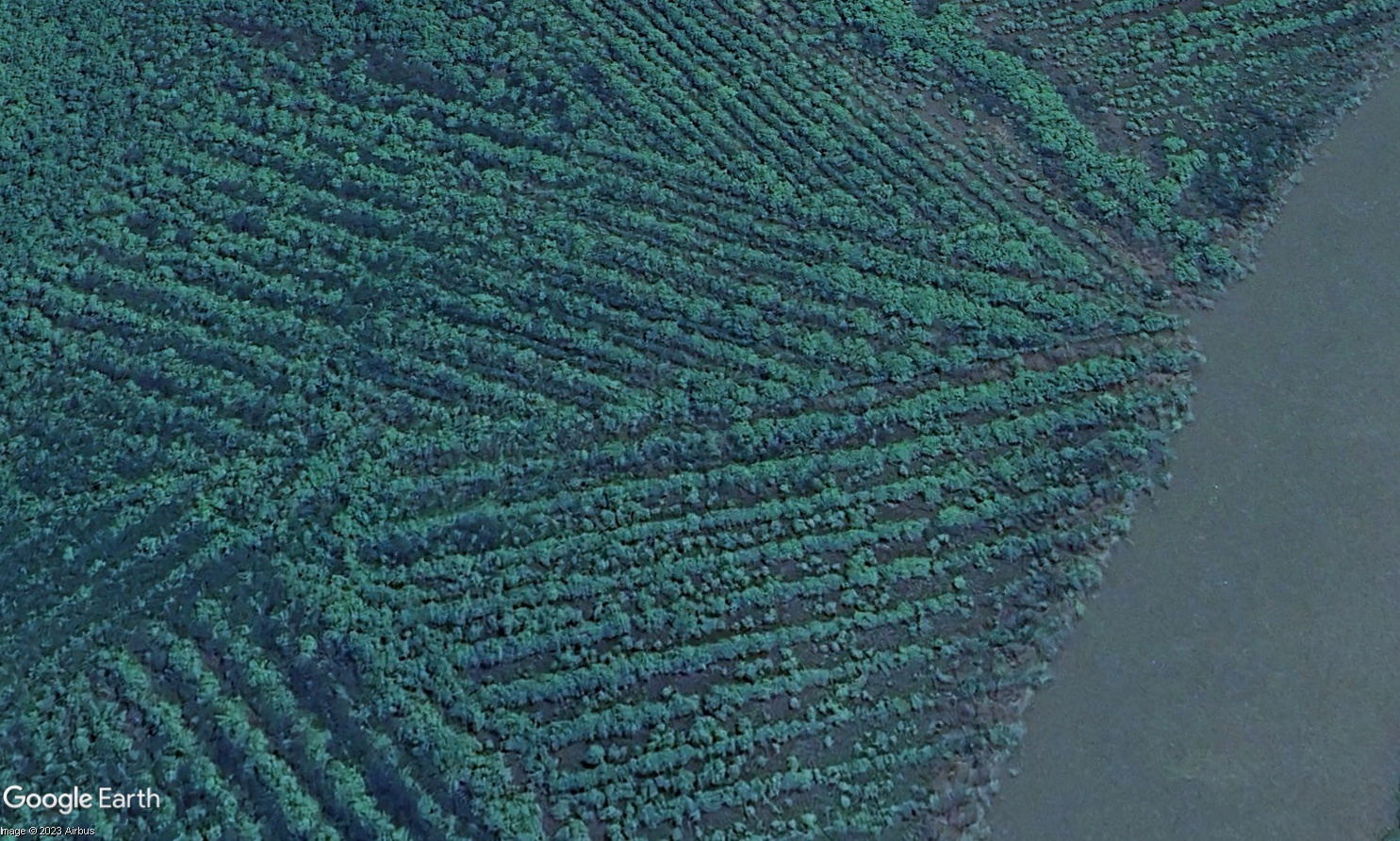
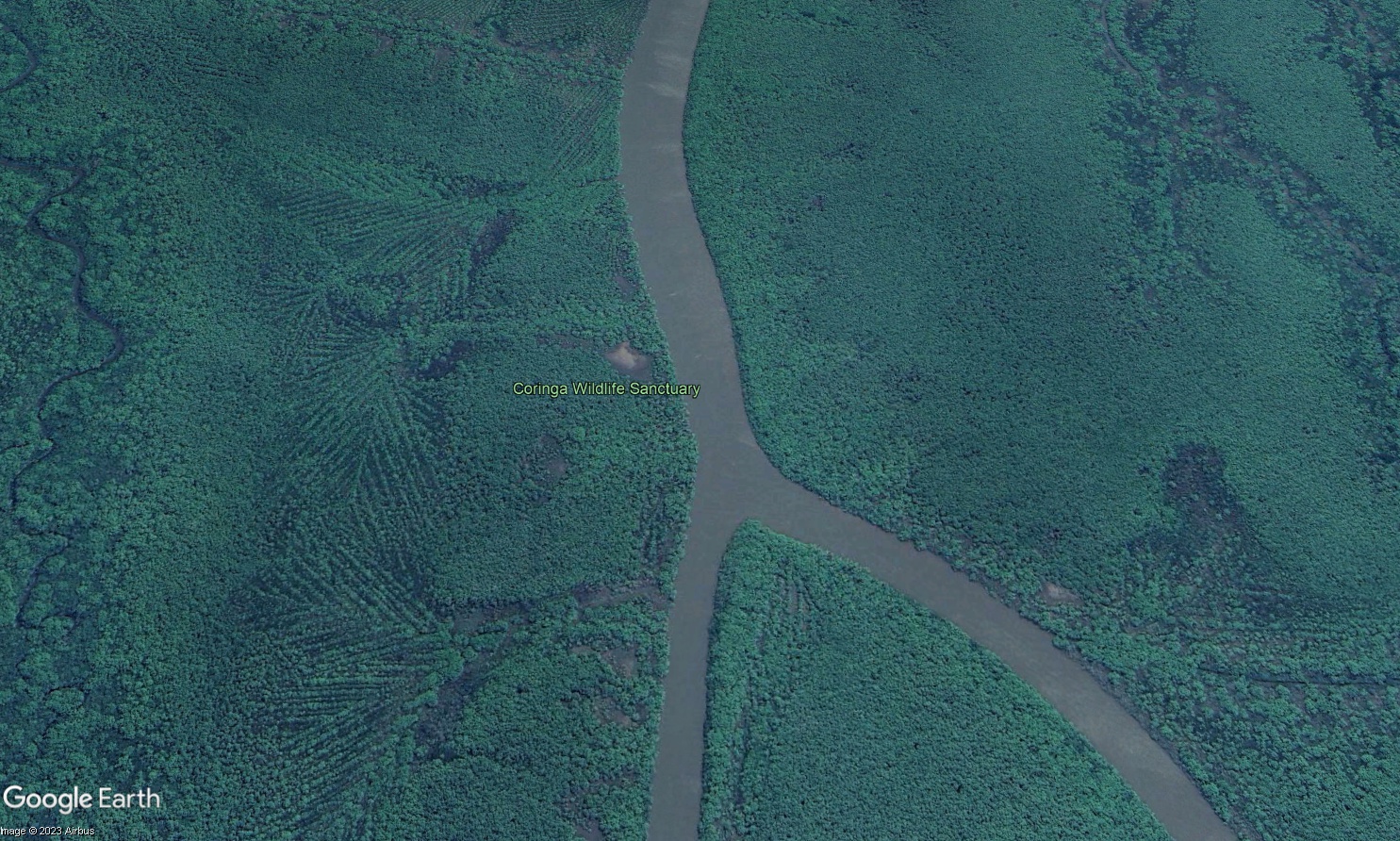
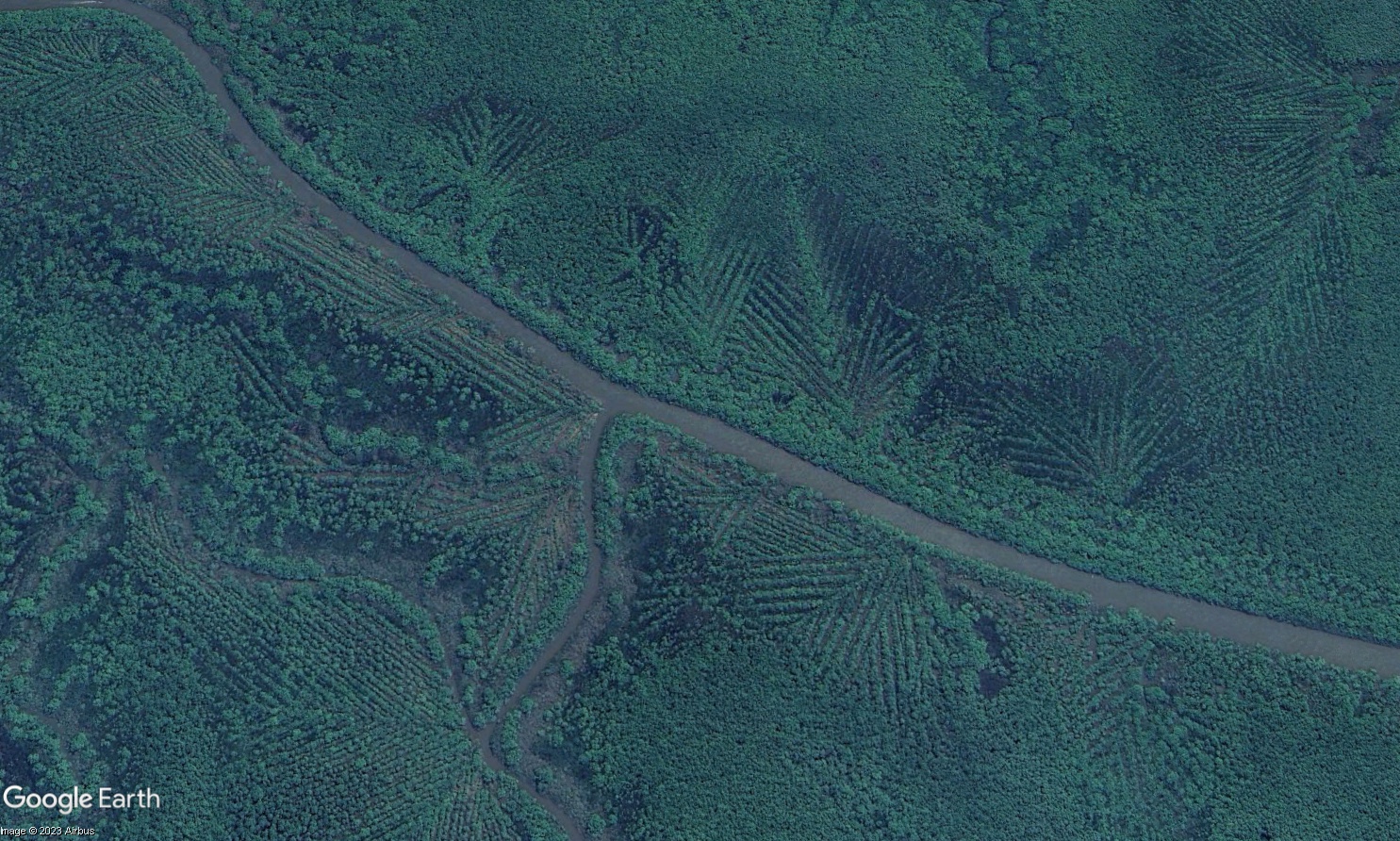
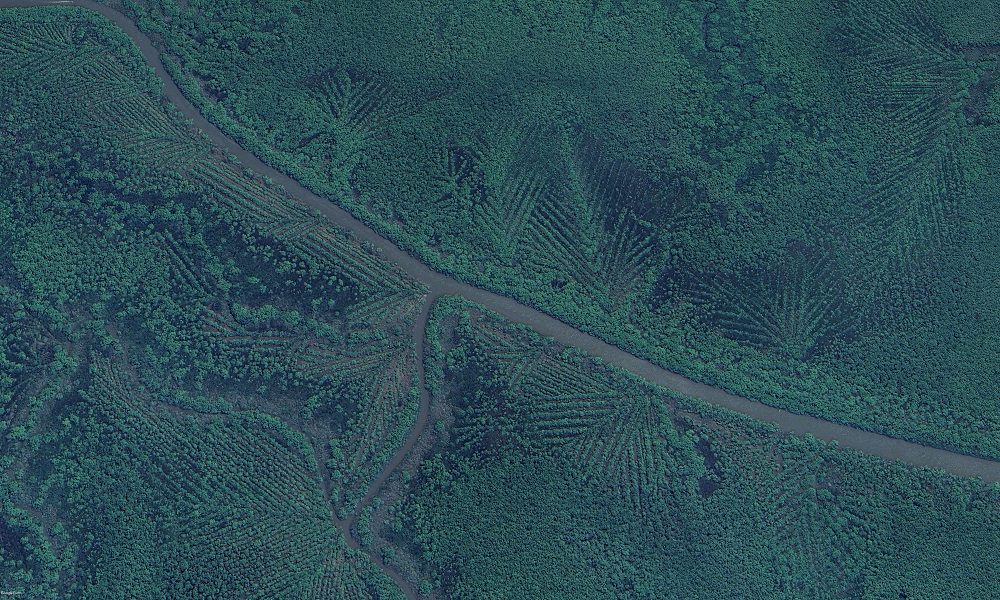
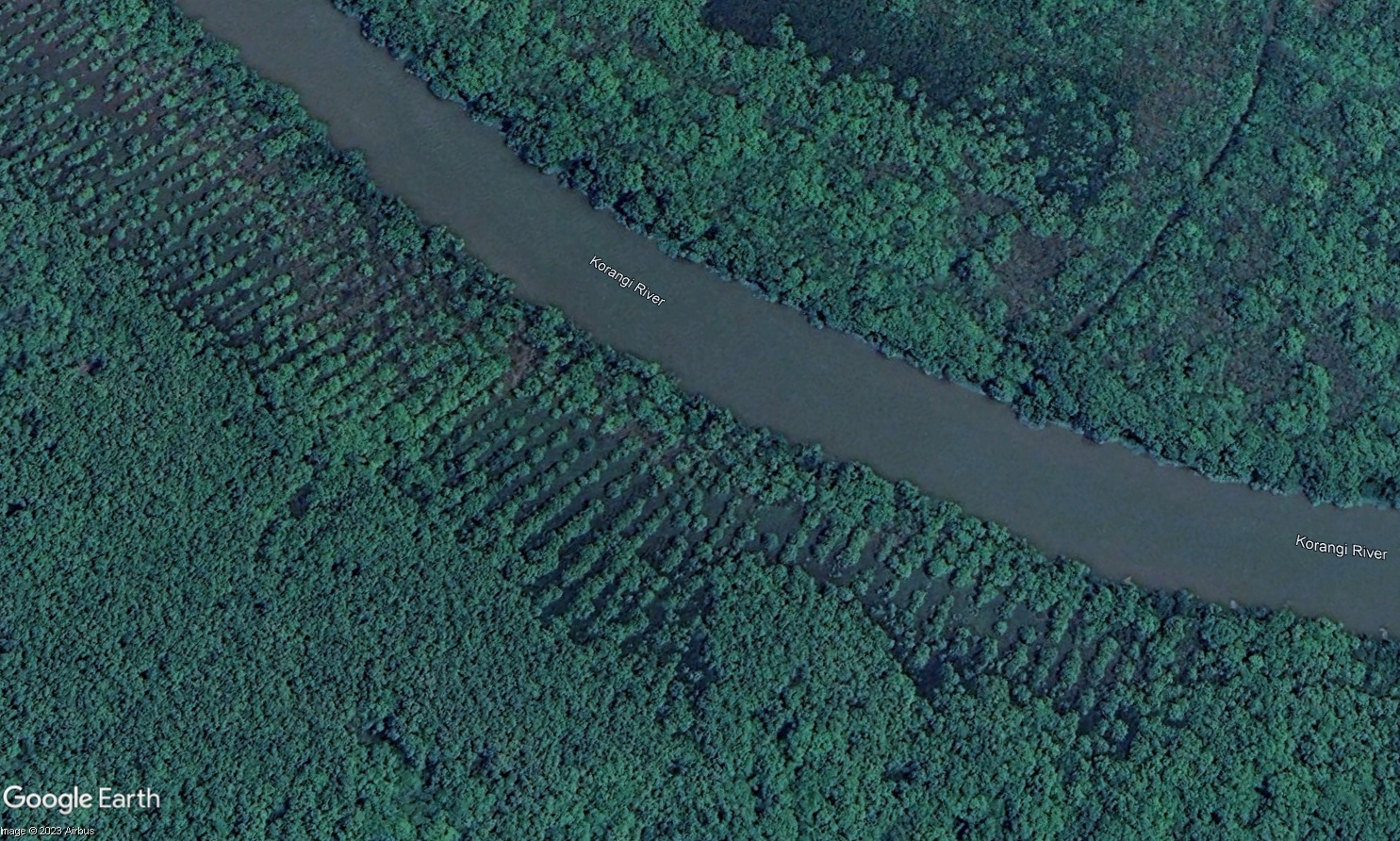
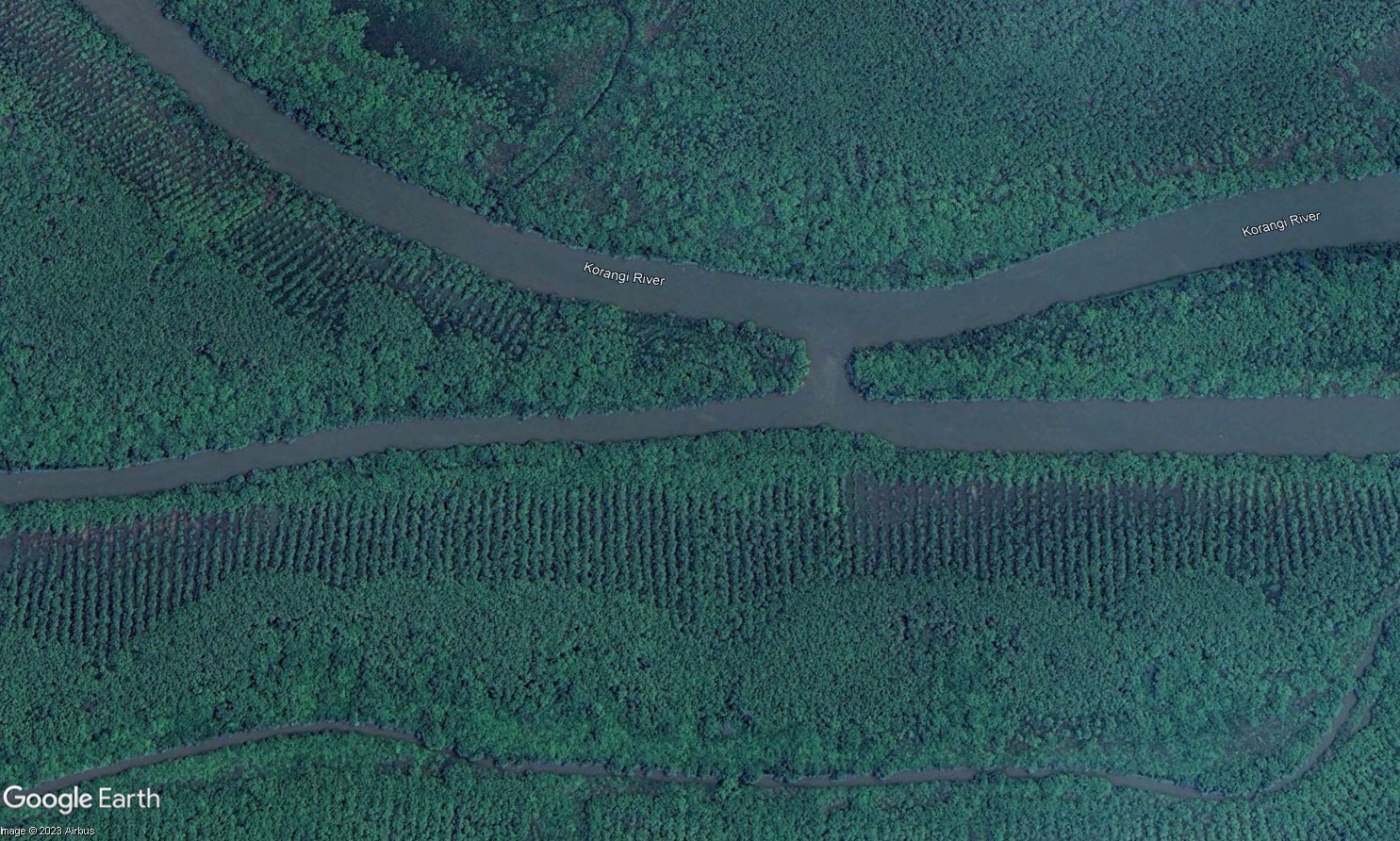
ABOUT AUTHOR
Dumpala Lahari is currently pursuing her B.Tech in Geo-Informatics Engineering, Andhra University. She is Versatile, Creative and an Explorer who is constantly evolving and always changing.
